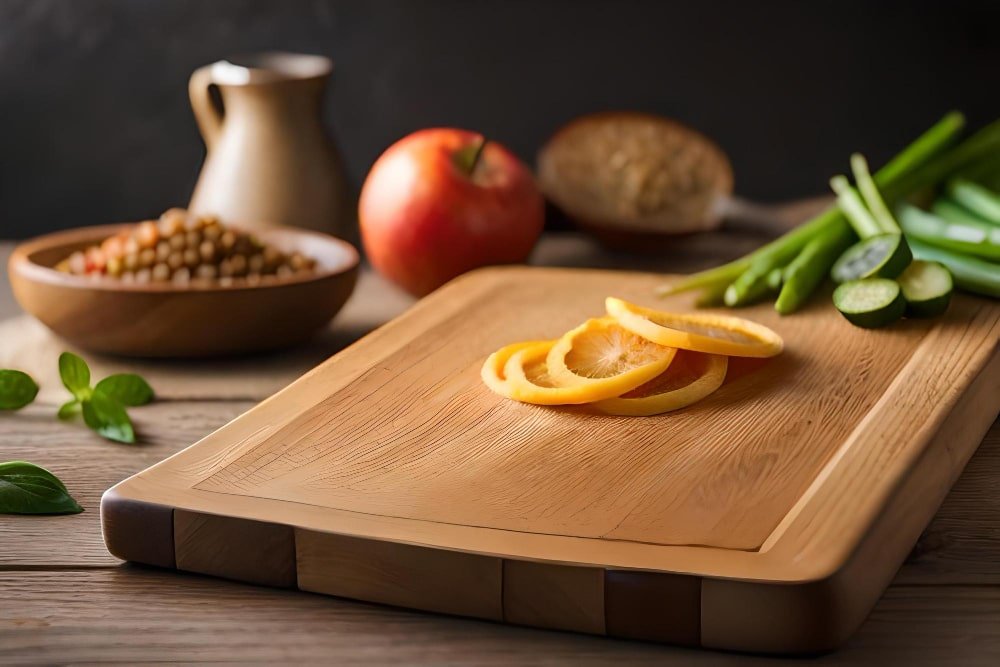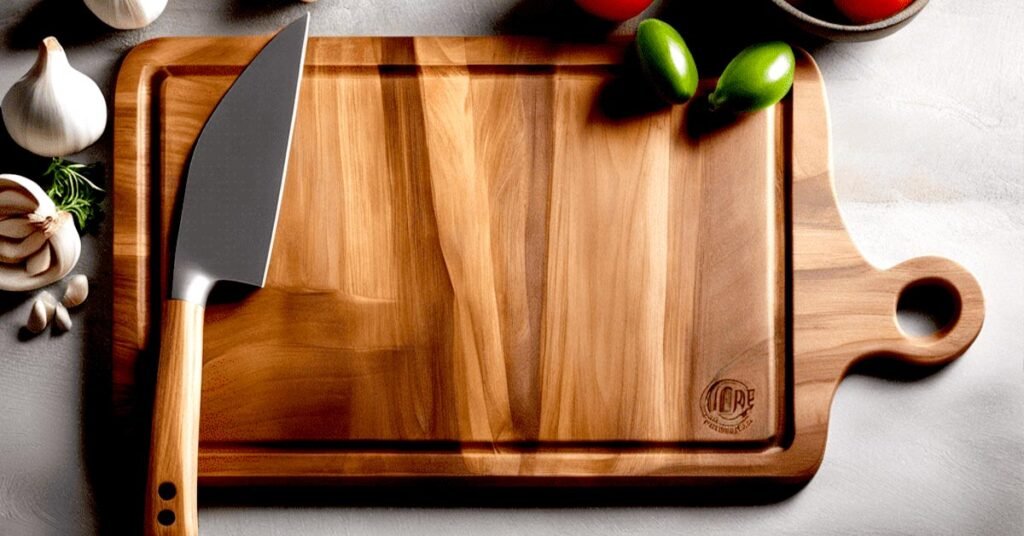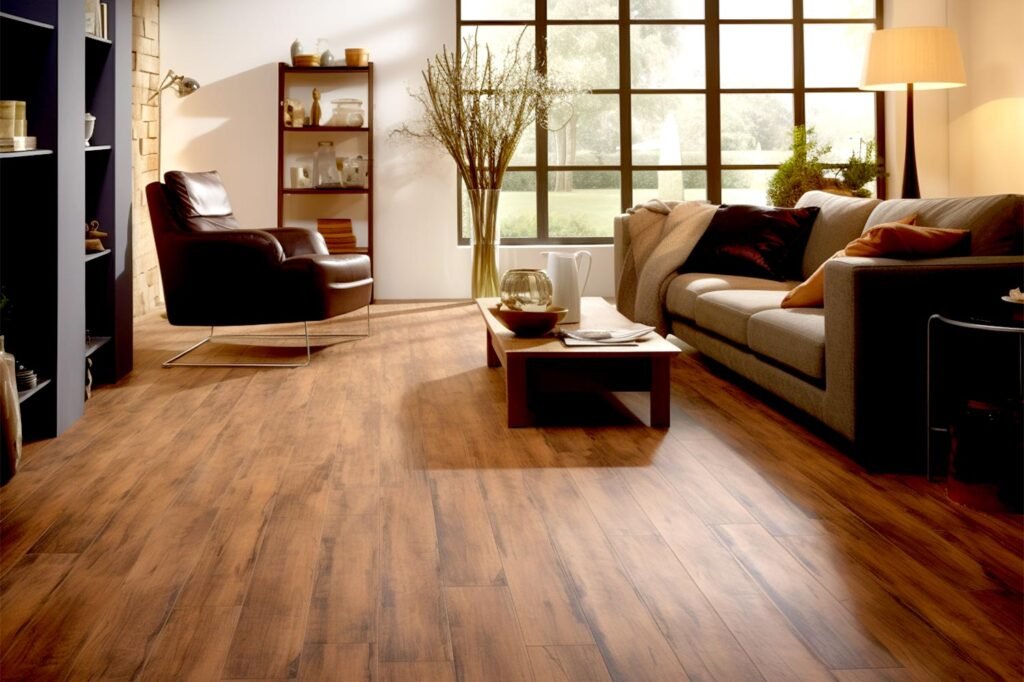Welcome to the world of Acacia Wood Cutting Boards, where durability meets natural beauty in your kitchen. In this comprehensive guide, we’ll examine their characteristics, advantages, and maintenance tips so that every culinary enthusiast has one. Let’s discover why they make such timeless essentials!
Acacia wood cutting boards have quickly gained in popularity over recent years, and for good reason. Their durability, functionality, and timeless elegance add aesthetic value to the kitchen environment.
Following are several key characteristics and advantages of acacia wood cutting boards, the benefits associated with their use, factors in selecting an ideal board, and maintenance tips to keep it looking its best. We will also compare it with popular materials like bamboo and maple for comparison purposes to help make an informed choice.
Table of Contents
ToggleUnderstanding Acacia Wood
What Is Acacia Wood?
Acacia wood from the Acacia tree has long been revered for its strength and versatility, earning its place as an esteemed material across cultures over centuries – now used to construct cutting boards in modern kitchens. Originating in tropical and subtropical regions worldwide, Acacia trees produce wood known for its resilience and adaptability, known for its rapid growth rate that allows it to thrive under diverse environmental conditions – making this sustainable kitchenware option more environmentally friendly than alternatives such as plastic alternatives or metal alternatives. Lastly, their abundance ensures a continuous supply without depleting natural resources!
Acacia Wood Properties
Acacia wood stands out as an outstanding choice for cutting boards due to its impressive array of properties. Acacia is well-known for its incredible hardness and rates high on the Janka scale, providing long-term wear resistance against daily kitchen use. Furthermore, unlike other woods that are susceptible to moisture damage such as teak or oak, acacia maintains structural integrity even under damp conditions, resisting warping or splitting without warping or splitting altogether.
Acacia wood stands out as an antibacterial material with natural antimicrobial qualities that reduce bacteria growth, outperforming plastic and glass counterparts in terms of hygiene. Furthermore, its visual appeal cannot be denied with its appealing golden-brown tones and beautiful grain patterns adding warmth and refinement to any kitchen environment. Each cutting board made from this remarkable wood showcases nature’s handiwork while simultaneously improving cooking experiences.
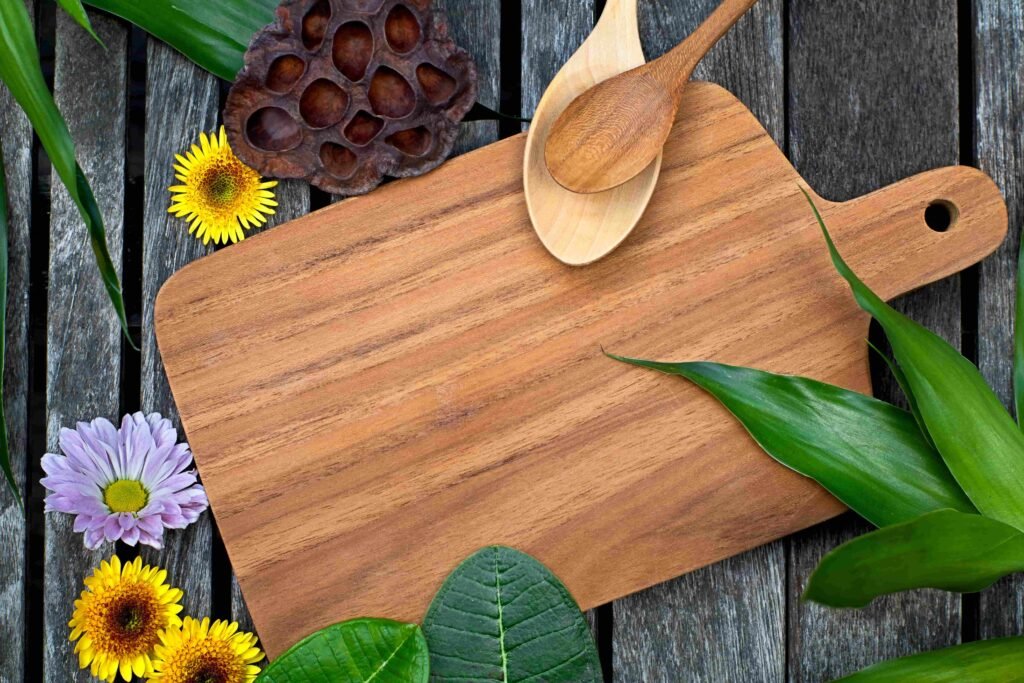
Advantages of Acacia Wood Cutting Boards
Durability and Longevity
Acacia wood cutting boards are legendary when it comes to durability and longevity, making them essential tools in any kitchen. Crafted from one of the hardest and densest woods available, acacia cutting boards have been engineered to withstand daily chopping, slicing, and dicing without showing signs of wear or deterioration over time.
Acacia wood’s inherent strength ensures that cutting boards constructed of this material maintain their structural integrity over years of use, with moisture resistance further adding to its durability and making warping or cracking less likely. Its moisture resistance also proves particularly advantageous in kitchen environments where cutting boards need to be regularly sanitized – keeping acacia wood cutting boards looking their best for years.
Natural Beauty and Aesthetic Appeal
Acacia wood cutting boards are prized not only for their functional utility but also for their natural beauty and aesthetic appeal. Each cutting board showcases its own distinctive grain pattern and color variation that reflects the incredible diversity found within an acacia tree – from swirling knots to intricate striations patterns, the grain adds visual interest and character to any kitchen space.
Acacia wood’s warm golden-brown tones evoke a feeling of warmth and sophistication that elevates the atmosphere in any kitchen environment. Displayed proudly on countertops or used as serving platters, an acacia wood cutting board serves as an impressive focal point that enhances its surroundings and will add elegance and classiness to any culinary setting.
Acacia wood’s natural luster and sheen add further visual allure, giving cutting boards made from this wood a polished and refined appearance. With proper care and maintenance, acacia wood cutting boards can stay beautiful for many years; eventually becoming valuable family heirlooms that pass down generations.
Knife-Friendly Surface
Acacia wood cutting boards offer more than durability and aesthetic appeal; they also boast an ideal surface for maintaining the sharpness of blades. While harder materials like glass or stone may blunt knife edges when hit, acacia wood absorbs impact forces to help preserve blade sharpness – this feature makes these cutting boards the ideal choice for chefs or home chefs who prioritize precision in their culinary tasks.
Acacia wood cutting boards’ gentle surface helps prevent the occurrence of micro-serrations on knife edges that compromise smooth cuts, thus adding to an enhanced culinary experience. By keeping blades sharpened for easy slicing and chopping every time they’re used.
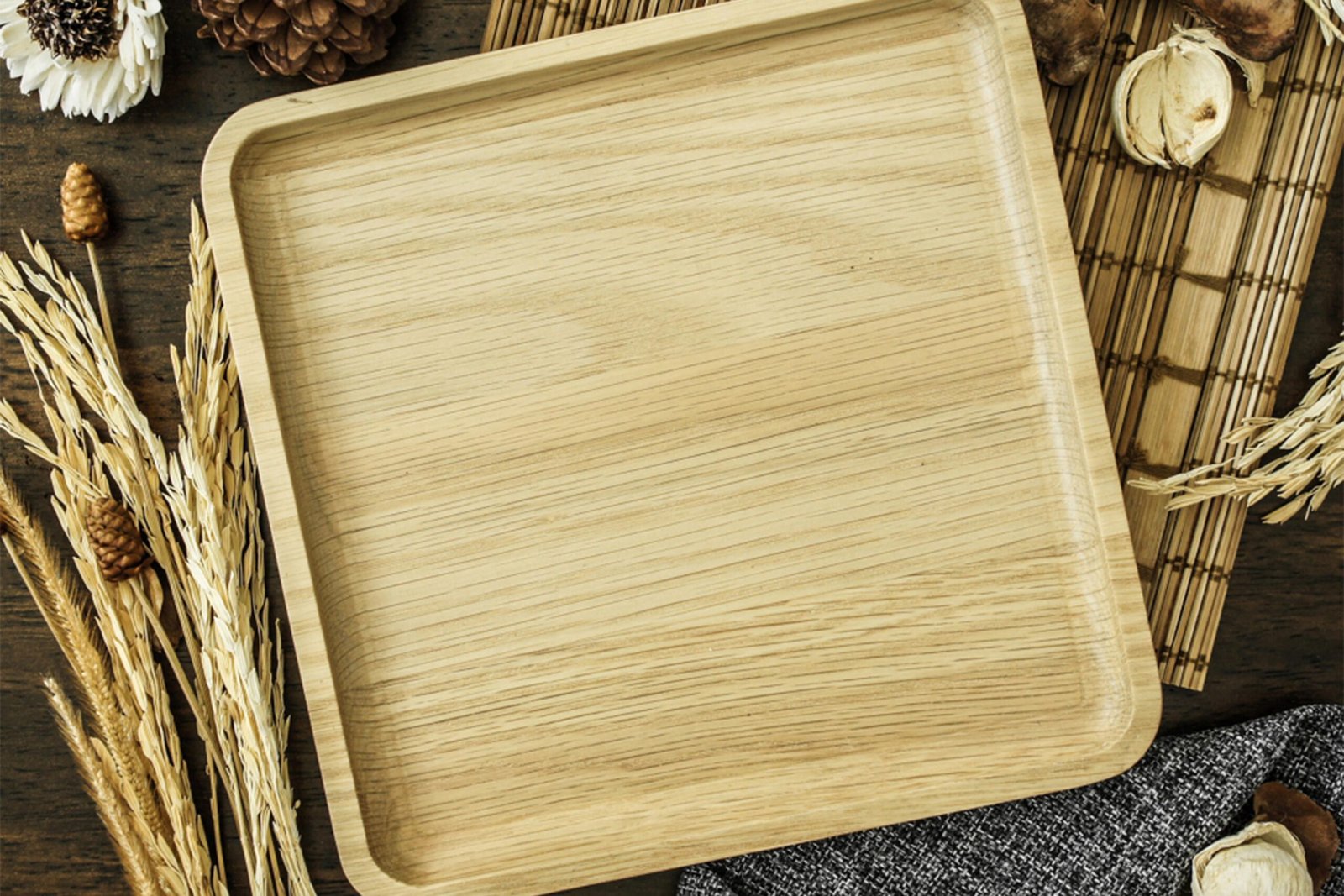
Factors to Keep in Mind when Relocating
Size and Thickness
When purchasing an acacia wood cutting board, one of the first decisions you should make is which size and thickness best meet your culinary needs. Acacia wood boards come in all kinds of sizes from compact options ideal for smaller kitchen spaces to larger boards designed to handle complex meal preparation tasks.
Before selecting a cutting board size for your kitchen, take into account its countertop space availability and food volume requirements. A larger board provides ample room for chopping large ingredients or multiple items simultaneously while smaller boards may be better suited for compact spaces or quick meal prep tasks.
Design and Construction
The design and construction of an acacia wood cutting board can have an enormous effect on its functionality and performance in the kitchen. When selecting your ideal board, take into account factors like edge grain versus end grain construction as well as additional features like juice grooves or handles when considering all available options.
Edge grain cutting boards are constructed by aligning wooden strips parallel to each other, creating a smooth and durable surface suitable for everyday use. By contrast, end grain boards feature strips arranged perpendicularly which creates a checkerboard pattern providing additional durability and resistance against knife marks.
Additionally, consider whether your cutting board features built-in juice grooves to capture excess liquids and prevent messy countertop surface areas. Handles or grips may also come in handy when transporting chopped ingredients from the cutting board to a pot or serving dish.
Maintenance and Care
Proper care and maintenance are key to prolonging the lifespan of an acacia wood cutting board and maintaining its beauty and functionality. When considering different cutting board options, be aware of any applicable maintenance requirements before making your purchase decision. Also, decide if you are willing to commit to the necessary care routine.
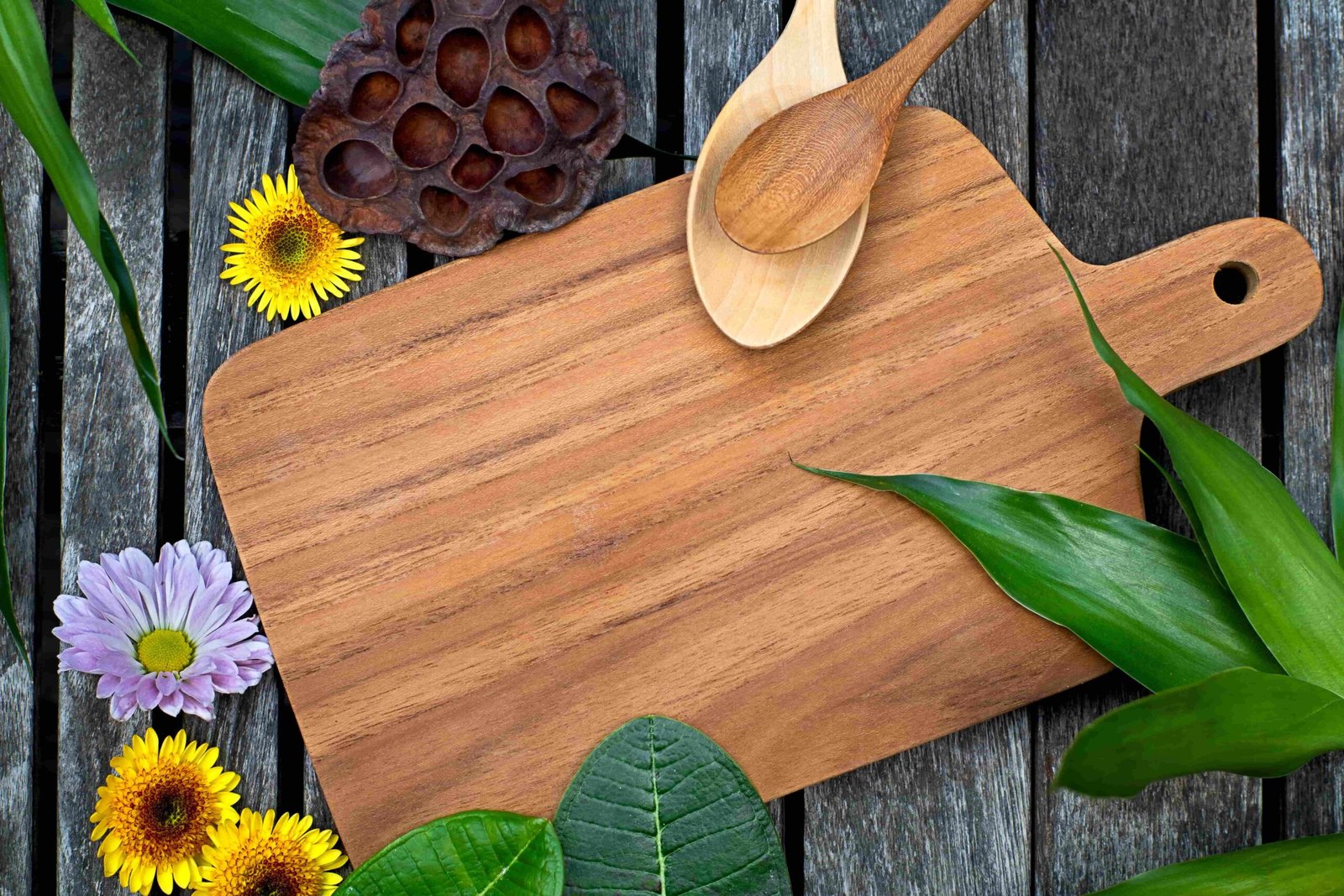
Comparing Acacia Wood to Other Materials
Acacia Cutting Board Vs Bamboo cutting board: Compare Advantages
Acacia Cutting Boards offer superior durability over Bamboo cutting boards for everyday cutting needs. Comparing acacia wood and bamboo cutting boards involves many considerations, such as durability, aesthetics, and eco-friendliness. While each material offers their own set of benefits, acacia wood stands out due to its superior durability and luxurious appearance.
Acacia wood is widely respected for its incredible hardness and moisture resistance, which makes it less susceptible to scratches, warping, and bacterial growth than bamboo. Furthermore, the intricate grain patterns and warm tones add an elegant touch that elevates its aesthetic appeal and elevates any kitchen.
Bamboo and acacia wood are considered eco-friendly choices due to their fast growth rates and widespread renewal, but consumers may prefer acacia due to its perceived higher quality and aesthetic appeal.
Acacia Cutting Boards Vs Maple Cutting Boards: Compare Advantages
Maple cutting boards are another popular alternative to acacia wood cutting boards, valued for their hardness and resilience. Though maple provides superior strength and resilience, acacia offers distinct aesthetic and maintenance advantages over its counterpart.
Acacia wood’s warm golden tones and intricate grain patterns outshone maple’s uniform appearance, adding character and warmth to any kitchen environment. Furthermore, its natural luster and sheen require minimal upkeep; in contrast, maple may need additional oiling or conditioning services in order to avoid cracking over time.
At the core, selecting between acacia wood and maple comes down to personal choice and priorities. If durability and functionality are your priorities, maple may be more suited for use; otherwise, acacia offers stunning beauty with minimal upkeep costs.
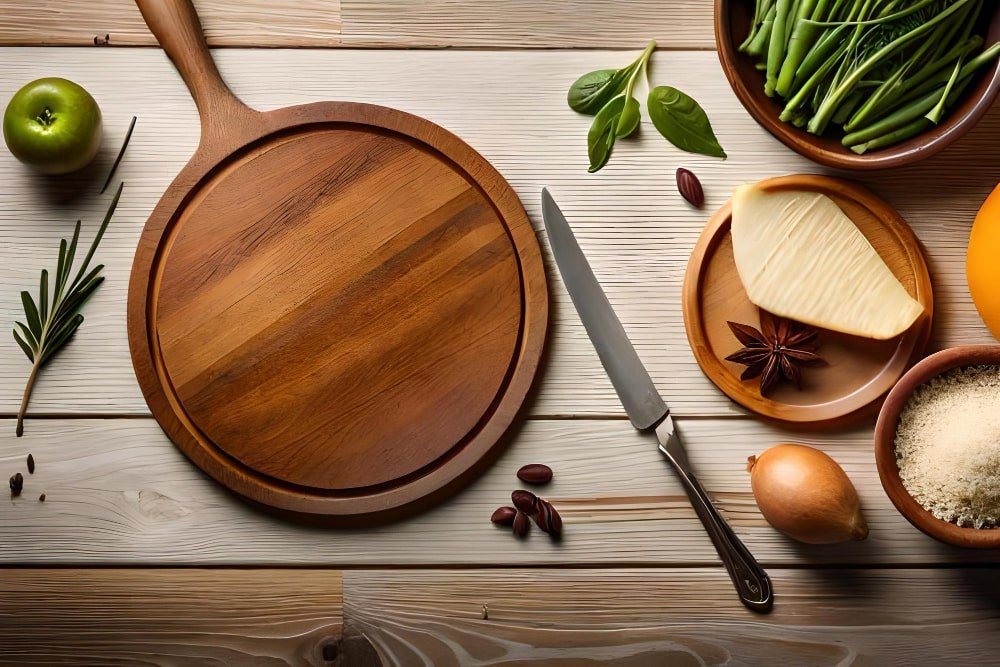
Care and Maintenance Tips
Seasoning and Oiling
For maximum longevity and beauty in an acacia wood cutting board, regular seasoning and oiling is necessary to extend its longevity and ensure its beauty for years. Seasoning seals its pores to reduce moisture absorption while mitigating risk of warping or cracking over time.
Start by applying a thin coat of food-grade mineral oil or beeswax-based cutting board oil with a clean cloth to spread across the wood grain, paying particular attention to dry or rough areas. Allow it to penetrate for several hours or overnight before wiping off any excess with another clean dry cloth.
For optimal results, oil your cutting board every few weeks or as needed; especially if it appears dry or dull. Regular oiling not only protects wood against moisture and bacteria; it also increases its luster by showing off its beautiful grain patterns.
Cleaning and Sanitizing
Proper care must be taken in cleaning an acacia wood cutting board regularly to keep it hygienic and safe for use. After each use, wash with warm soapy water using either a sponge or soft bristled brush to eliminate food debris or residue left behind from use.
Submerging or placing your cutting board in water will cause excess moisture to cause its wood fibers to expand and warp, so instead rinse under running water before wiping or air drying it upright to prevent pooled moisture.
To further increase sanitation, periodically spray or wipe an acacia wood cutting board with a mixture of vinegar and water and allow it to sit on its surface before rinsing and drying as normal. For an added layer of sanitation, sanitize your cutting board every three months using this solution.
Prevent Stains and Odors Now
For your acacia wood cutting board to remain stain- and odor-free, proper food handling and cleaning techniques must be employed. Cutting acidic or strongly-flavored foods directly on the board could result in unsightly stains as well as adding unwanted flavors that could impact subsequent meals.
If your cutting board develops stains or odors, natural cleaning agents such as lemon juice or baking soda may help remove them. Simply sprinkle some baking soda over its surface followed by generous squeeze of lemon juice before using a sponge or brush to scrub gently. Rinse off and allow to dry fully before storing or using again.
Conclusion
Acacia wood cutting boards represent the epitome of beauty, functionality, and sustainability in the culinary world. Boasting long-term durability, natural elegance, and an antibacterial surface suited for knife use – they have established themselves as indispensable kitchen tools among both chefs and home chefs alike.
Comparison with alternative materials like bamboo and maple has revealed the distinct advantages of acacia wood when it comes to durability, aesthetics, and maintenance. Although other materials have their own particular benefits, acacia wood stands out as an impressive and reliable material that exceeds expectations in both form and function.
Acacia wood cutting boards represent centuries of craftsmanship and sustainability, offering you not only a kitchen tool but a statement about yourself as well. Perfect for cutting vegetables, carving meats, or serving cheese platters for guests – an acacia wood board stands as a symbol of culinary excellence as well as personal style!
Put simply, allow the beauty and functionality of acacia wood cutting boards to inspire your culinary creations and transform your kitchen into a haven of creativity and craftsmanship. Celebrate its timeless allure as you embark on a culinary adventure filled with joy, passion, and unforgettable flavors!
FAQs (Frequently Asked Questions)
Q: Is an Acacia Wood Cutting Board Safe for Food Use?
A: Acacia wood cutting boards are completely safe to use when cutting food items due to their natural antimicrobial properties that help inhibit bacterial growth, providing food safety in your kitchen.
Q: How can I take proper care in maintaining an Acacia Wood Cutting Board?
A: Routine maintenance includes oiling and cleaning with food-grade mineral oil for seasoning before wiping down with mild soap and warm water after each use.
Q: Can an Acacia Wood Cutting Board Be Used with Hot Foods?
A: While Acacia wood is heat-resistant, for your safety it’s wiser to avoid placing hot pots and pans directly on the cutting board as this could cause irreparable damage. Instead, use trivets or hot pads instead as protection.
Q: Are acacia wood cutting boards dishwasher-safe?
A: Although technically dishwashers may be safe for these products, exposure to high temperatures and harsh detergents could damage them over time. As such, hand washing remains the preferred method for maintaining these cutting boards in peak condition.

